

In the ever-evolving landscape of education, the Primary Years Programme (PYP) stands out as a dynamic framework that encourages inquiry-based learning and holistic development. Central to the PYP is the concept of “evidencing learning,” which transcends traditional teacher-led summative assessments and places a spotlight on the entire learning journey. This blog will explore the transformative journey from teacher-led assessments to a more student-centric approach, where the focus shifts from the end product to consistent check-ins, documenting the learning process, and celebrating the learning journey.
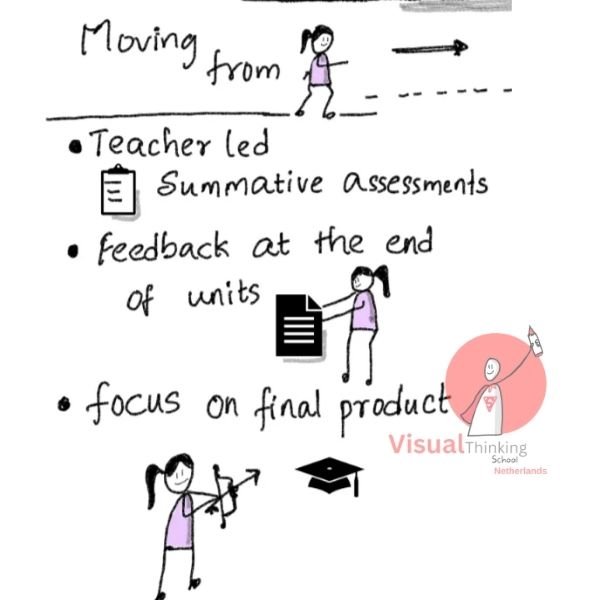
Traditionally, education systems have relied heavily on teacher-led summative assessments to measure student achievement. These assessments often take the form of final exams or projects, and they are typically administered at the end of a unit or course. However, the PYP challenges this approach by emphasizing that assessment should not drive learning but rather be relevant to learning.
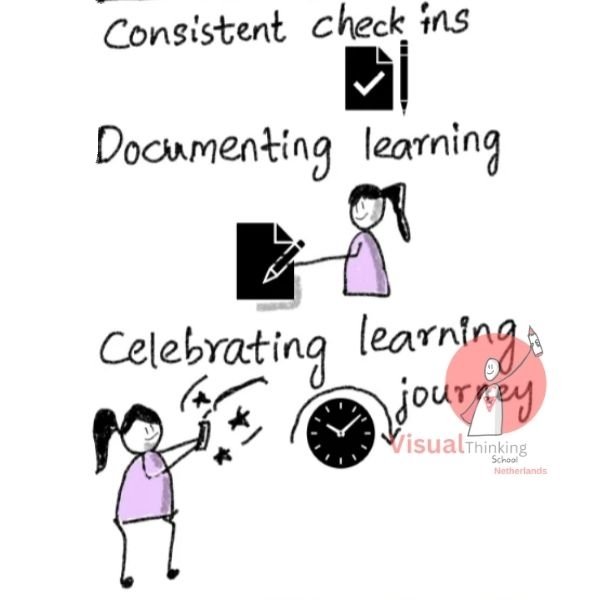
In the PYP, assessment is not merely a tool for evaluating what students have learned; it is an integral part of the learning process itself. This shift in perspective encourages educators to move away from the idea of assessment as a separate, standalone activity and instead integrate it seamlessly into the learning experience. Assessment should inform instruction and guide students on their learning journey.
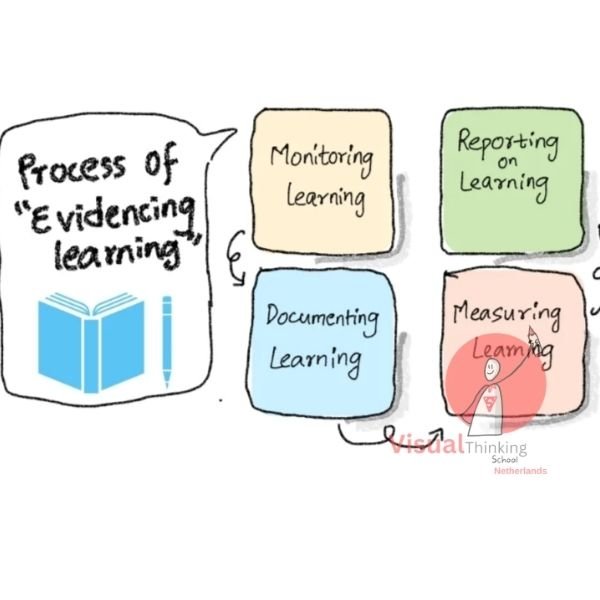
Evidencing learning in the PYP is a multi-step process that involves monitoring, documenting, reporting, and measuring learning. Let’s explore each of these steps in detail:
Instead of waiting until the end of a unit to assess student understanding, the PYP encourages consistent check-ins throughout the learning process. These check-ins can take the form of formative assessments, discussions, reflections, or observations. They provide valuable insights into students’ progress and allow teachers to make timely adjustments to their teaching strategies.
In the PYP, documenting learning goes beyond collecting test scores or final project submissions. It involves keeping a record of students’ ongoing progress, including their thoughts, questions, and reflections. Portfolios, journals, and digital platforms are excellent tools for documenting this journey. This documentation serves as a rich source of evidence that showcases students’ growth and development over time.
Reporting in the PYP shifts from a focus solely on grades or scores to a comprehensive account of students’ learning experiences. It includes not only what students have learned but also how they have grown as learners. Narrative reports, conferences, and student-led presentations become essential components of this process.
While the PYP emphasizes qualitative measures of learning, it does not negate the importance of quantitative data. However, the emphasis shifts from grades to holistic measures of progress. Assessments are designed to evaluate not only content knowledge but also skills, attitudes, and attributes that align with the PYP learner profile.
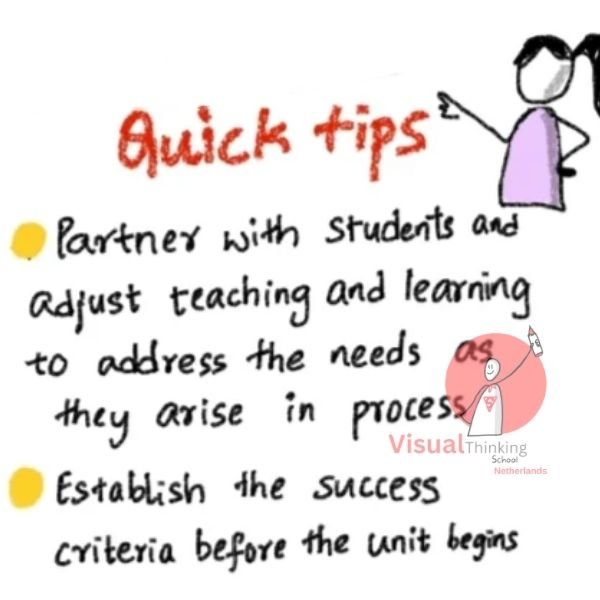
Now that we’ve explored the process of evidencing learning, let’s discuss some practical tips for implementing this approach effectively in the PYP:
Collaboration between teachers and students is key. Involve students in setting learning goals, self-assessment, and reflection. Adjust teaching and learning strategies based on individual needs as they arise throughout the process.
Before a unit begins, clearly define the success criteria with students. What does success look like in this context? By involving students in this process, you set clear expectations and create a shared understanding of the learning journey.
Formative assessments, including quizzes, discussions, peer assessments, and self-assessments, are powerful tools for guiding instruction. Use them regularly to gauge student understanding and adapt teaching accordingly.
Shift the focus from final product to progress and growth. Celebrate milestones and learning achievements along the way. This can boost student motivation and engagement throughout the learning journey.
Evidencing learning in the PYP fosters holistic development by assessing not only academic knowledge but also skills, attitudes, and attributes. This comprehensive approach aligns with the PYP learner profile, which emphasizes qualities like inquiry, reflection, and communication.
When students see that their learning journey is celebrated and that their growth is acknowledged, they are more motivated and engaged in their studies. This intrinsic motivation leads to a deeper and more meaningful learning experience.
Evidencing learning allows for a more personalized approach to education. Teachers can tailor instruction to address individual needs and provide targeted support based on the evidence collected throughout the learning journey.
By shifting the focus from grades to the learning process, the PYP equips students with essential skills for lifelong learning. They learn how to set goals, monitor progress, and adapt their strategies—a valuable skill set for navigating an ever-changing world.
Evidencing learning encourages active involvement of parents in their child’s education. Parents gain a deeper understanding of their child’s strengths, areas for improvement, and learning style. This collaboration between home and school creates a supportive learning ecosystem.
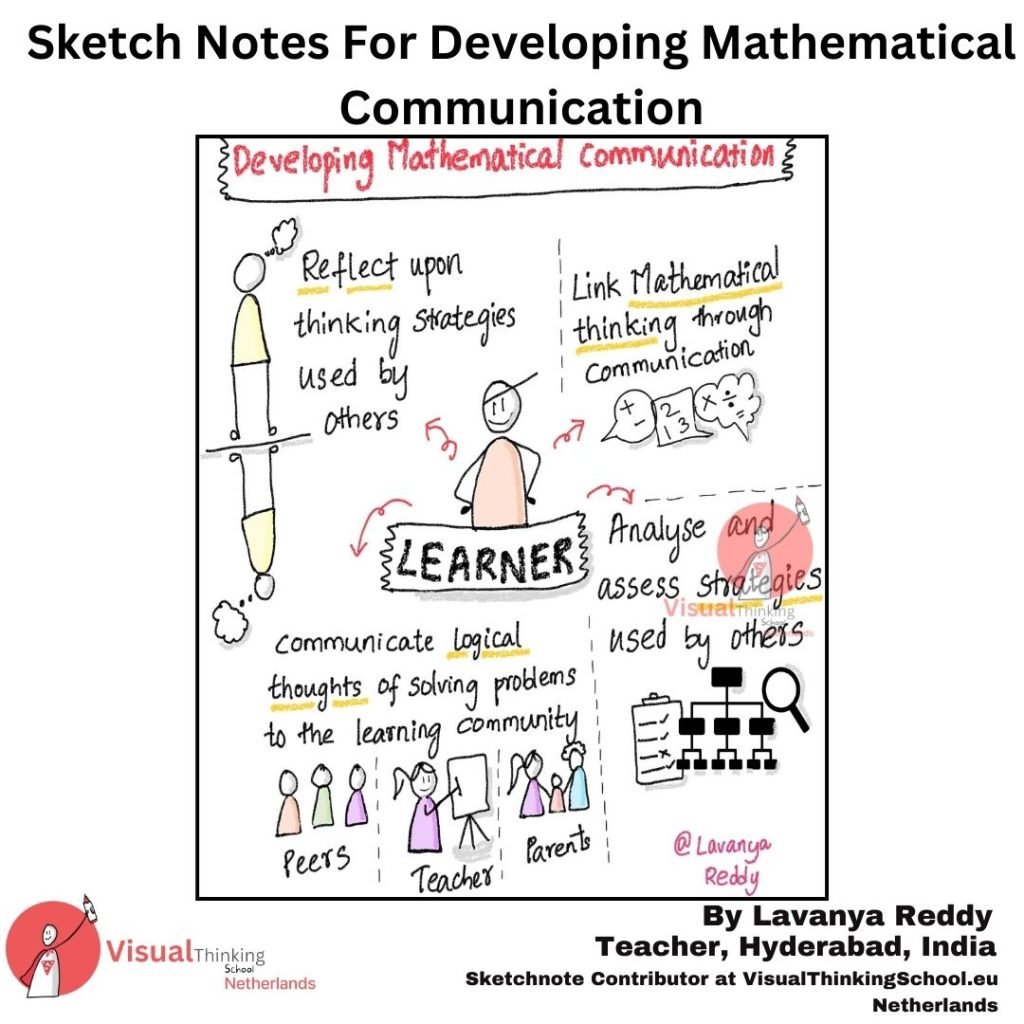
In conclusion, evidencing learning in the PYP is a transformative approach that redefines the role of assessment in education. It emphasizes the dynamic journey of learning over the final destination, encourages a holistic view of student development, and equips students with essential skills for the future. Educators and students alike benefit from this approach, as it fosters a culture of continuous improvement and celebrates the joy of learning. By embracing these principles, the PYP empowers learners to become lifelong learners and critical thinkers who are well-prepared to thrive in a rapidly changing world.
We conduct online and in-person certification trainings on our Trade Marked Training on Business Sketchnotes ™.
We have an open challenge in our trainings : If you can not draw after our 9 hours of trainings, we will close our trainings FOR EVER !! ..and we are still waiting for that one person even after training more than 38000 professionals.
You can also join our whatsapp community to learn from those who have attended our trainings

We trained more than 38000 professional and gave corporate trainings in more than 65+ top notch companies

Check Our Trainings

Maths educator by profession and sketchnoter by passion. She loves teaching maths using sketchnotes. She is also an acredited school sketchnote trainer with Visual Thinking School, Netherlands.
More of her sketchnotes can be checked on her Instagram: @Lavanya_anugula